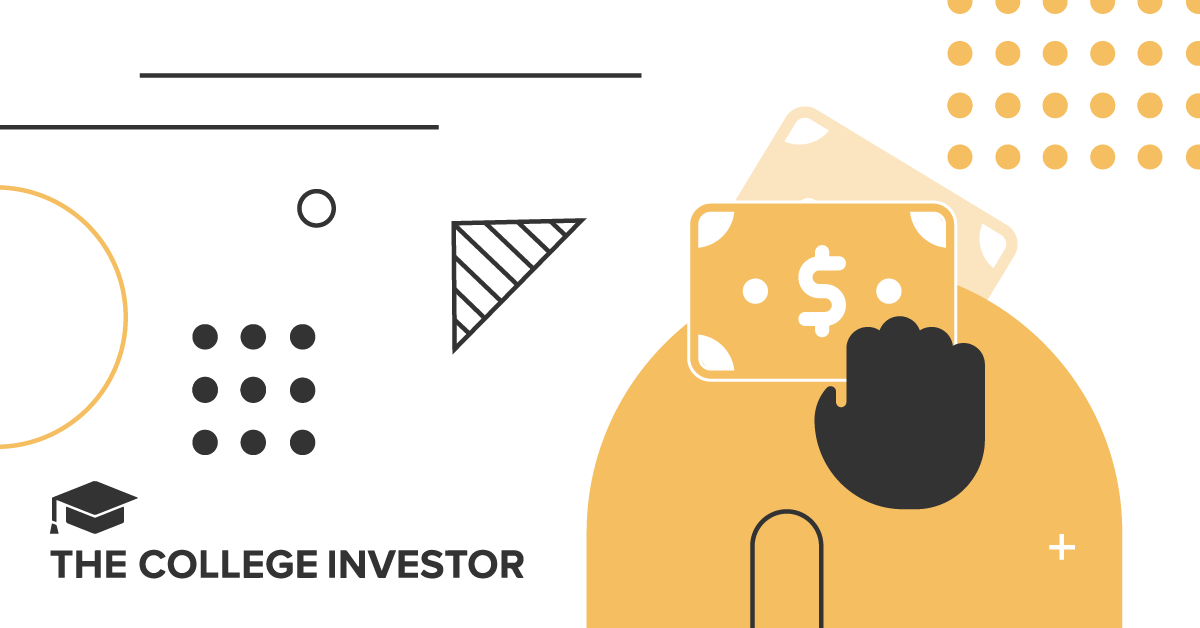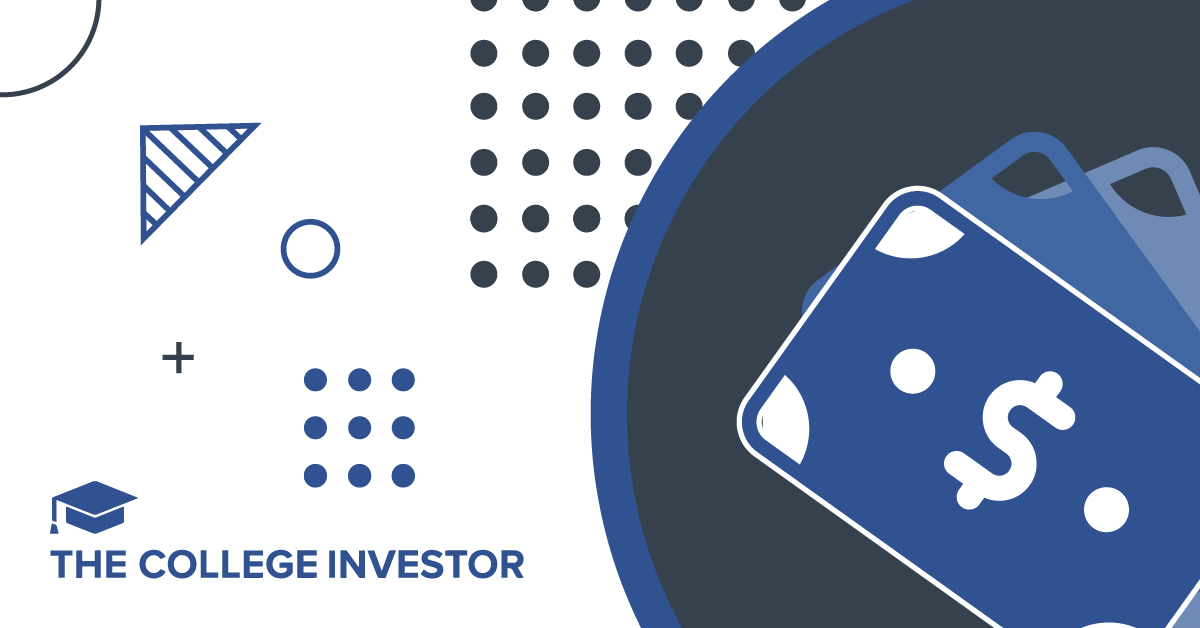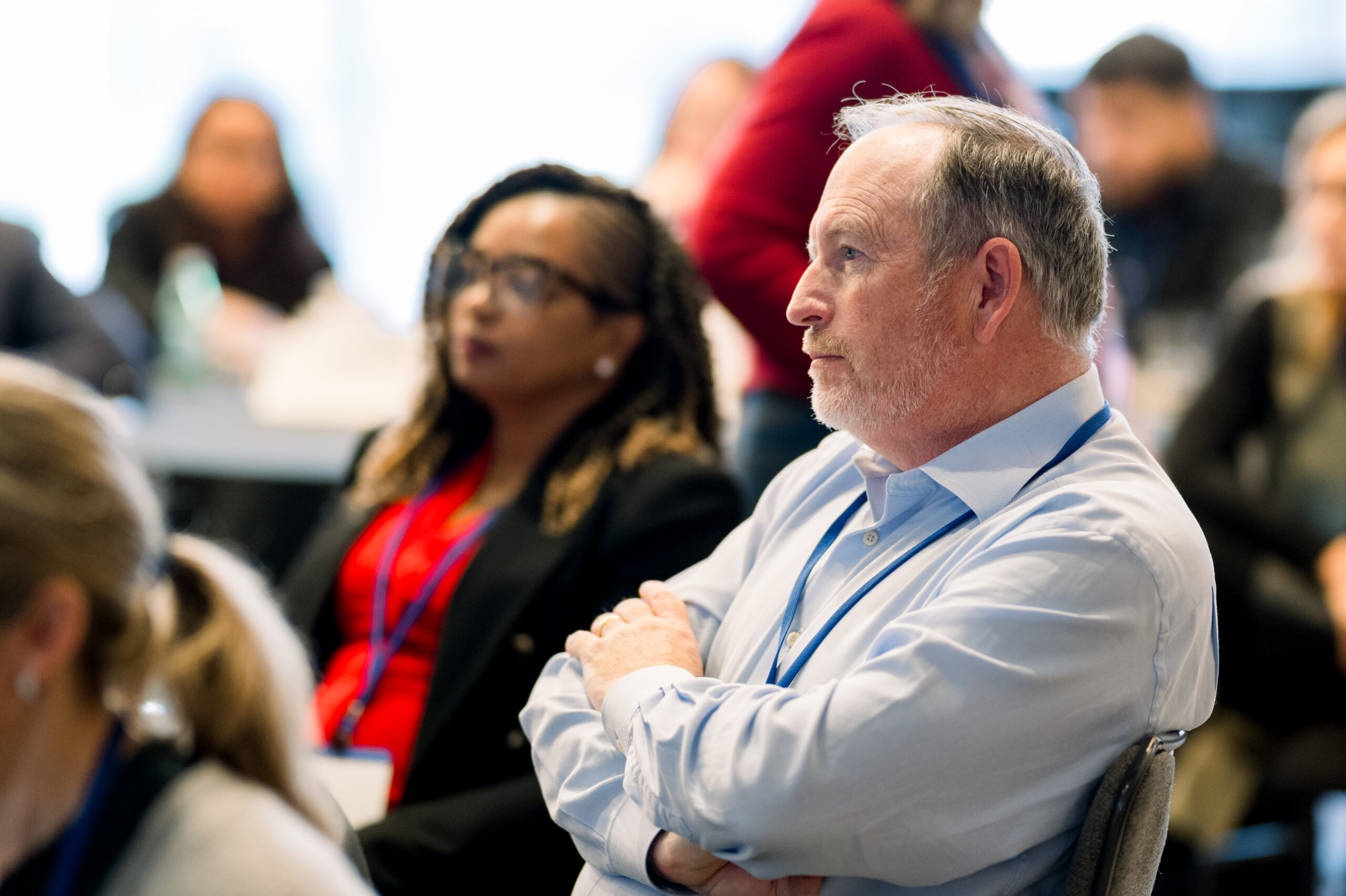Which Payments and Periods Count Towards PSLF and Buyback?


After years of payments, pauses, and paperwork, many public service workers are confused on what payments and time periods may count for Public Service Loan Forgiveness (PSLF).
However, there are also more options to have qualifying periods count – thanks to the PSLF buyback program.
If you’ve been stuck in the SAVE forbearance, served in the military, or paused your payments for economic hardship, you might be closer to loan forgiveness than you think.
But there’s a catch: the buyback program is only available to borrowers who are already near the finish line.
It also raises a question: if you’re just a handful of months away from forgiveness and in forbearance, should you apply for buyback? Or wait and risk getting stuck? Or switch repayment plans and start making payments again?
First, let’s talk about the main way to get a qualifying PSLF payment: making eligible payments.
So, what counts as an eligible PSLF payment. You have to meet three criteria:
Each of your 120 payments counts individually – so each one has to meet those three criteria. It’s important to note that a $0 income-driven repayment plan payment counts.
One of the biggest issues borrowers face is not certifying all their months of employment. You can certify and get monthly payments to count retroactively. So, if you missed a time period, go back and get it certified.
What Is Qualifying Employment?
Qualifying employment encompasses working full-time for U.S. federal, state, local, county or tribal government, or a non-profit 501(c)(3) organization. U.S. military service qualifies and full-time AmeriCorps or Peace Corps volunteer service also qualify.
Working for for-profit organizations or government contractors (where the borrower is not directly employed by the government agency), labor unions and partisan political organizations does not qualify.
Originally, deferments and forbearances did not count toward the 120 qualifying payments required for PSLF. For example, the economic hardship deferment counted toward the 20- or 25-year forgiveness in an income-driven repayment plan, but not PSLF.
That changed with the publication of new regulations on November 1, 2022, which expanded the set of qualifying periods. After these changes, the regulations at 34 CFR 685.219(c)(2)(v) specified that certain deferments and forbearances count toward PSLF if they occurred while the borrower was working full-time for a qualifying employer. These deferments and forbearances include:
Payments that were suspended during the pandemic’s student loan payment pause and interest waiver from March 2020 to September 2023 count as qualifying payments if the borrower was otherwise working full-time in qualifying employment.
The payment count adjustment made additional deferments and forbearances eligible, including:
Other deferments and forbearances will qualify for the PSLF Buyback program if the borrower was working full-time in qualifying employment at the time.
The PSLF Buyback program allows borrowers to make retroactive payments for specific ineligible deferment or forbearance periods where they had qualifying employment, enabling them to reach the 120 qualifying payment threshold. [34 CFR 685.219(g)(6)]
This can include general forbearances that did not qualify for the payment count adjustment as well as the unemployment deferment.
There are several requirements for the PSLF Buyback Program:
It’s important to note that the buyback amount is processed manually based on what the payment would have been if it had not been paused.
Qualifying payments must have been made on or after October 1, 2007 on eligible Federal Direct Loans.
Federal Family Education Loan (FFEL) loans, Federal Perkins Loans, and private student loans are not eligible. However, FFEL loans and Perkins loans can become eligible if consolidated into a Federal Direct Consolidation Loan.
Federal Parent PLUS loans are eligible for PSLF but not TEPSLF, under Standard 10-year Repayment or an income-driven repayment plan. Federal Parent PLUS loans are not directly eligible for an income-driven repayment plan, but may become eligible for ICR if included in a Federal Direct Consolidation Loan.
It is important to understand the limitations on the PSLF Buyback Program:
The PSLF Buyback Program is most beneficial for borrowers who are already very close to reaching 120 qualifying payments and have a few months of ineligible deferment or forbearance holding them back.
They are typically eager to achieve forgiveness quickly. They may fear that their eligibility for PSLF may be repealed.
Some borrowers may also find it financially advantageous if their income was lower during the period they are buying back. The lump-sum payment is based on their past income, potentially resulting in a lower cost compared to current IDR payments if their income has significantly increased.
Additionally, borrowers who were in certain forbearance statuses, like the interest-free forbearance under the SAVE plan since July 2024, might find the buyback option useful for prior ineligible periods. This lets them catch up during periods when they were unable to switch into a different income-driven repayment plan.
Note that the lump-sum payment is capped at the amount needed to reach the 120 qualifying payments, preventing borrowers from strategically buying back lower-cost months to seek a refund on previously made higher-cost, qualifying payments.
Don’t Miss These Other Stories:

Industrial flex space has become a quiet favorite among sophisticated investors seeking durable income backed by real business demand. If...

Getting an inheritance is the epitome of a mixed blessing. You receive a financial windfall, but the cause is the...

During his tenure as the California Secretary of Health and Human Services, Mike Wilkening cemented his reputation as a steady...